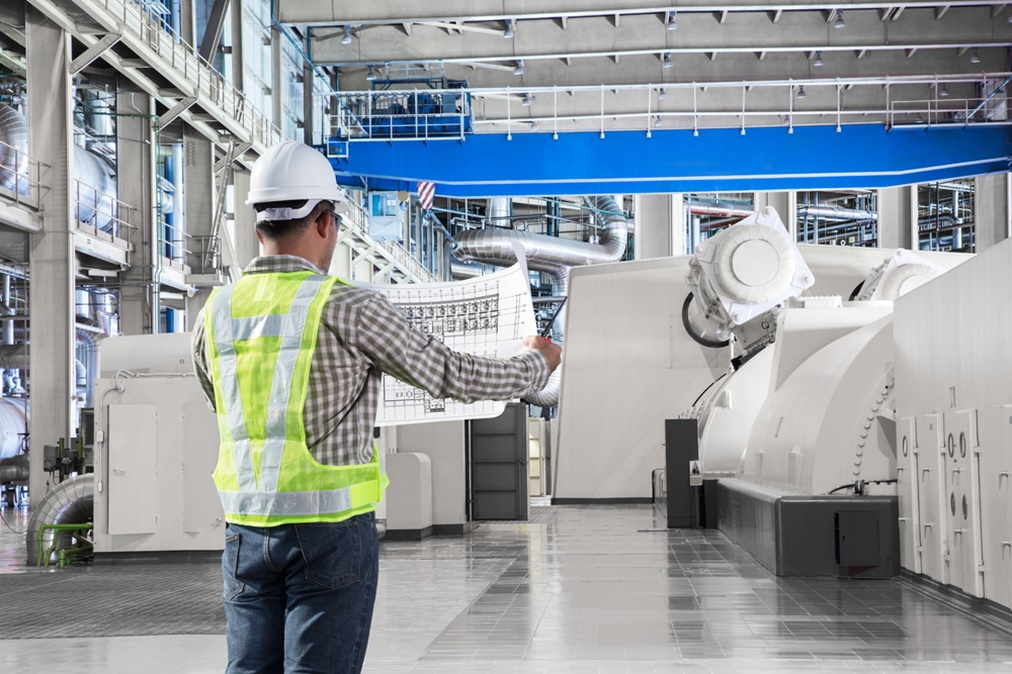Should You Opt For a Centralized or Distributed Uninterruptible Power System?
When you are deciding which UPS to install on your commercial or industrial property, you need to consult with experts that will conduct a thorough analysis of your needs, survey your property to understand which equipment you are using and how it is placed on your property.
This detailed approach ensures there will be no unplanned equipment downtimes that impact the productivity of your business and the lifespan of your equipment. You have the choice to opt either for a distributed system or a centralised one. The analysis conducted would compare information related to your requirements and constraints.
For instance, when you are evaluating the purchase price, are you looking at different variables that include lifecycle costs? When you are comparing these specific strategies, it’s important that you don’t oversimplify. In order to make an intelligent decision, you would have to first analyse what you want this system to do and what the scale of the UPS should be. If you want to ensure your equipment is protected completely and efficiently, the different aspects you would have to keep in view are:
Aspects to consider when choosing between centralized or distributed UPS
#1 Load requirements
The one common method of determining how much of power your equipment will need is to look at the individual load rating of the equipment on your premises. For various reasons vendors tend to oversize computer power supplies and this is also how you end up oversizing the UPS. You would also have to keep in view that you may want to add some equipment in the future, and the UPS system you choose especially for critical systems should be scalable to a certain degree.
#2 Power conditioning and distance
When you have a centralised UPS, there will be some equipment that is quite far away from the UPS. An increase in this distance also increases the possibility of power problems on the AC line. This reduces the effectiveness of the UPS. However, this wouldn’t pose a problem if you are able to ensure that the environment, via which the output AC has to travel, doesn’t induce too much noise into the existing clean power. While this isn’t an impossible task, creating this kind of an environment can be quite an expensive and challenging task.
In the case of a decentralised UPS, the distance between the latter and the equipment is typically the same as the length of the power cord (around 6Ft). As a consequence, the possibility of any problems being injected into the AC lines that lie between the application and the UPS are pretty minuscule.
#3 Life cycle cost
In order to determine lifecycle cost, you would have to consider factors such as:
- Initial purchase price – This has to be looked at with a great deal of deliberation. Every vendor will provide a different quote and will include different things in the quote. You would have to keep a list of the desired features and specifications and then match the quotes to ensure there are some steady points of comparison.
- Shipping costs – This is another important factor to keep in view. In addition to delivery timeframes (which can be longer than normal for custom-designed UPS), you need to find out how much you will pay for shipping. Red flag the vendors that are charging higher rates.
- Service and maintenance costs – These are extremely difficult to calculate; incidentally, they are also the most expensive as well. The factors to consider here are:
- The service contract
- Battery replacement
- Spare unit
- Installation
- Input & output power connectors
Other Considerations
In addition to all the things mentioned above, the other things you would have to keep in view are:
- System management
- Fire protection
- Other pros and Cons of centralized/distributed systems
If you want to know more about our power products and services, don’t hesitate to contact us at KaRaTec Power Supply Pty. You can give us a call at 612 9808 1127. You can also fill in this contact us form.
Thanks for reading,
Karatec Power Supply Pty
612 9808 1127







Sorry, the comment form is closed at this time.